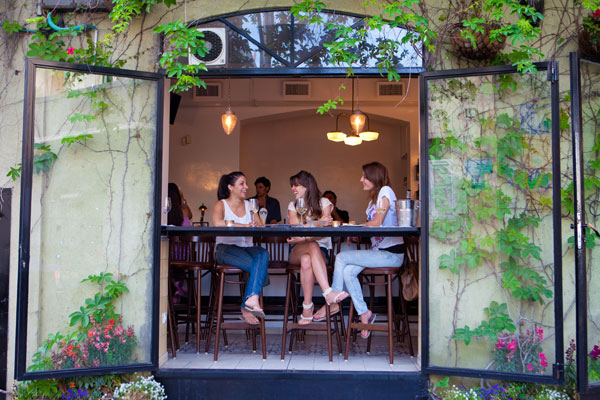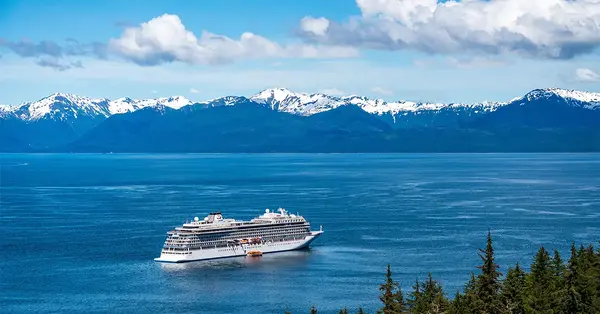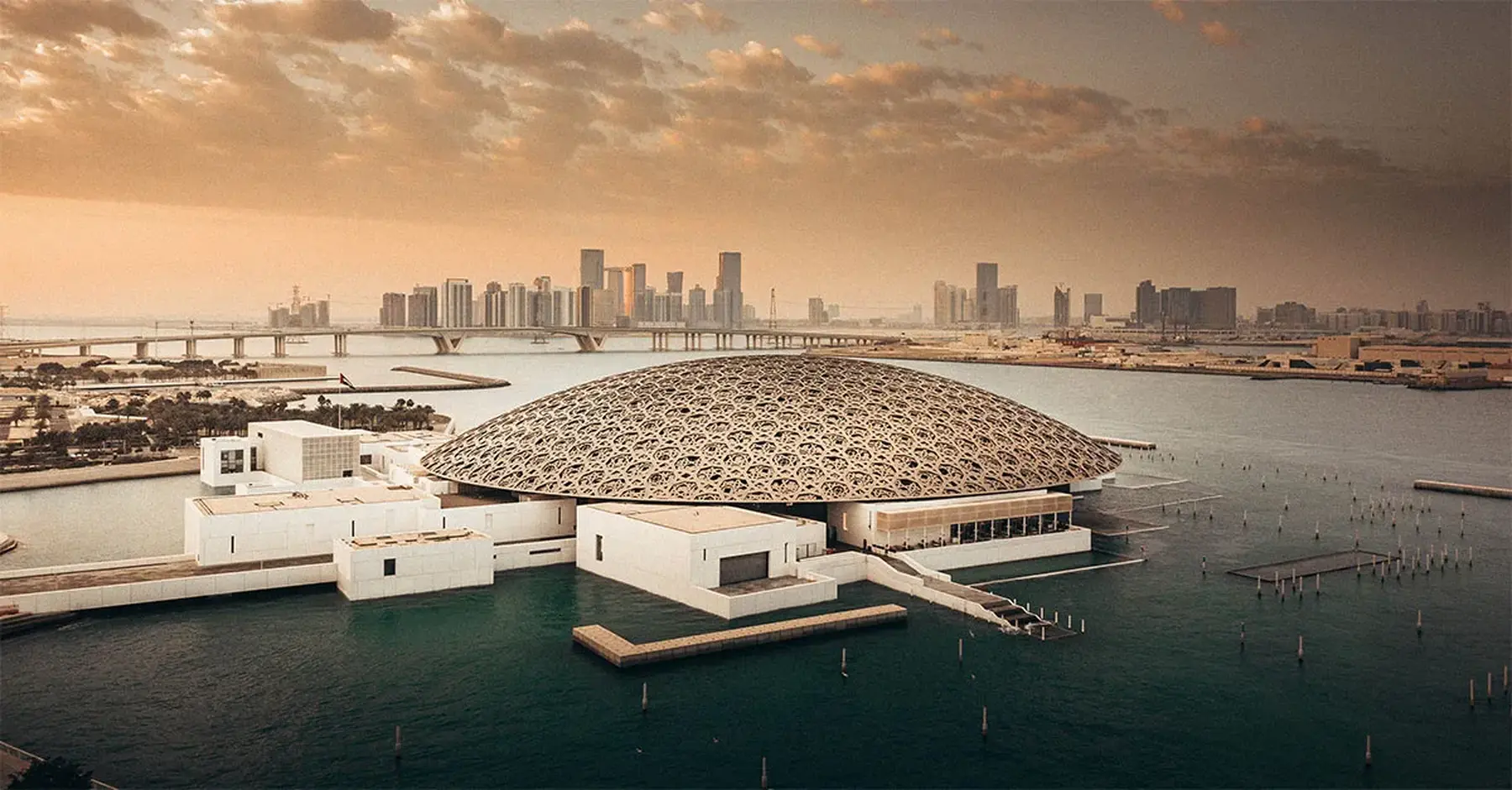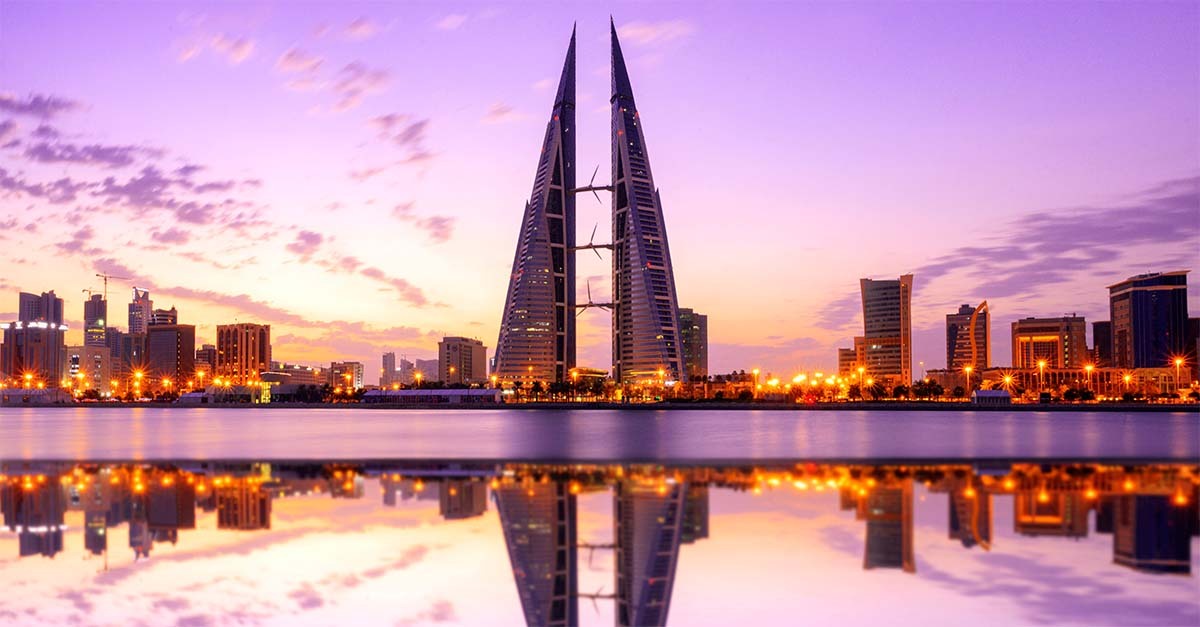You are viewing 1 of your 2 free articles
How to spend 48 hours in Tel Aviv, Israel’s second city
Israel’s second city combines the best of the Med and the Middle East, finds Ben Ireland.
Click here to download and save as a PDF.
Mixing urban cool with sun-kissed coast, youthful vibes with ancient sites, an inventive foodscene with never-ending nightlife, Tel Aviv is the ultimate all-in-one escape.
In fact, for clients who’ve missed out on their city break, beach holiday and culture-packed tour this year, this all-rounder could let them tick all those boxes in one trip. And with Virgin Atlantic planning to resume its services – which launched from Heathrow last September – by autumn, and to increase the frequency to double-daily from next March, this is one place worth having on your radar.

Day one
09.00: One of the first things you notice when you walk around the streets of Tel Aviv is the number of young people gliding through its many cycle lanes on electric scooters. It’s a speedy and fun way to get around, but to really soak up the city’s sights you need to be on foot. And there’s nowhere better to start than at the bottom of Rothschild Boulevard, named after French Zionist supporter Edmond James de Rothschild, which is the city’s main artery. Look out for the famous coffee kiosk on the corner of Herzl Street, its design unchanged since the first one was built in 1910, a year after Tel Aviv was founded, and imitated across the city. Farther up Rothschild, you’ll find the historic building where David Ben-Gurion declared the state of Israel in 1948, now restyled as Israel’s Independence Hall. As you make your way up the boulevard towards the beach, the changing styles of the buildings show the vision of Akiva Aryeh Weiss, known as the founder of Tel Aviv, who set out plans to make a Middle Eastern city in the style of New York. Encourage clients to take their time with a casual stroll up Rothschild and its connecting boulevards, popping down a few side roads or stopping to admire its Bauhaus buildings, before branching off at Ben Gurion Street towards the Tel Aviv Marina.

13.00: A 10-minute taxi, or scoot, along the waterfront from the marina takes you to hip tapas restaurant Vicky Cristina. It has a Spanish influence, but is in keeping with the relaxed, European beach?city vibe you get in Tel Aviv. The menu features plenty of fresh fish and some Israeli favourites.
“Wander through the Old Town’s narrow, biscuit-coloured stone streets and absorb the artsy vibe of an area awash with museums, theatres and artisanal shops and galleries.”
14.00: Tel Aviv may be a modern metropolis now but its origins date back thousands of years. Jaffa, the old port town in the southern part of Tel Aviv, can trace its history to before biblical times. A good place to start is the striking Jaffa Clock Tower, one of more than 100 built across the Ottoman Empire at the turn of the 20th century. From there, you can wander through the Old Town’s narrow, biscuit-coloured stone streets and absorb the artsy vibe of an area awash with museums, theatres and artisanal shops and galleries. Jaffa Flea Market is a good spot to pick up souvenirs – as long as you’re willing to haggle with the traders.

19.00: If you stay in Jaffa until early evening, dine at The Jaffa, a hotel in Marriott’s Luxury Collection that embodies Tel Aviv’s melting pot of culture with its mixture of Italian cuisine and local dishes, served in its cosy courtyard. You can even stay for a game of backgammon, which originated in the Middle East and dates back about as long as the Jaffa district itself.
“Dine at The Jaffa, a hotel in Marriott’s Luxury Collection that embodies Tel Aviv’s melting pot of culture with its mixture of Italian cuisine and local dishes served in its cosy courtyard.”
21.30: Head back along the beachfront to downtown Tel Aviv and grab a post-dinner drink on the rooftop of the Lighthouse Hotel, where you can feel the sea breeze as you sip cocktails, with Tel Aviv’s high-rise buildings as a backdrop.

Day two
09.00: Tel Aviv is a big place, and although it is easy to get around on foot, another two-wheeled way to get about is a bike tour. Baja Bikes’ aptly named Highlights of Tel Aviv bike tour, priced from £40, starts in the picturesque Yarkon Park, and makes its way downtown via the beachfront to the Bohemian neighbourhood of Neve Tzedek. Riders cross Rothschild Boulevard to Rabin’s Square, where guides explain the history behind the 1995 assassination of Israeli prime minister Yitzhak Rabin. The three-hour tour is not too strenuous and follows cycle lanes, so is manageable for any competent cyclist, with English-speaking guides leading and following the group for safety.
“The three-hour tour is not too strenuous and follows cycle lanes, so is manageable for any competent cyclist, with English-speaking guides leading and following the group for safety.”
13.00: For a spot of lunch, try any of the many cafes and bistros set along the seafront promenade stretching down from Tel Aviv Marina. Alternatively, head to the Tel Aviv Port Market, between Yarkon Park and the marina, for light meals and snacks, or a little farther inland to Sarona Market for stalls piled high with fresh olives, cheeses and tempting desserts.

15.00: There is no shortage of colour in Tel Aviv, and one of the best ways to see the creativity of the city is on a graffiti tour with Abraham Tours. The one-and-a-half-hour experience, priced from £27, runs daily in one of two neighbourhoods: Florentin and Nahalat Binyamin. Guides point out the work of the best-known and highly rated street artists and help you understand their relevance to Israeli culture and lifestyle.
“There are even libraries at four of the beaches, including Jerusalem Beach, so you can get lost in a book while soaking up the Mediterranean sun.”
17.00: The beauty of Tel Aviv is that it’s like a twin-centre stay in one place. After exploring the city, kick back in the afternoon or early evening on one of the 13 official beaches along its nine-mile coastline. Beaches are split into all sorts of specialist areas, including women-only, LGBT+, religion-specific and dog-friendly. One highlight is the stretch covering Banana Beach and Jerusalem Beach, where you can surf or take a dip – even in the winter months the water is tepid enough for a comfortable swim. There are even libraries at four of the beaches, including Jerusalem Beach, so you can get lost in a book while soaking up the Mediterranean sun.

Where next?
Jerusalem: The Holy City is a half-hour train ride from Tel Aviv on a railway line that, although still being extended, has operated between the two cities since last December; by road, it takes just over an hour.
Haifa: Israel’s third-largest city is a beautifully laid-out urban centre set between the Med and Mount Carmel. It’s home to the Unesco-listed Baha’i Gardens and several good museums.
Eilat: This popular Red Sea beach city is another twin-centre option. It offers great snorkelling and diving to see dolphins and other marine life, and is about four hours’ drive from Tel Aviv.
Ask the expert
“We’re pleased to see Israel’s domestic tourism industry beginning to return to normal, with hotels, restaurants, bars and attractions opening their doors to locals in recent weeks. This follows the Ministry of Health’s introduction of a Purple Standard for operating hotels in the country, and strict health and safety measures implemented at Ben Gurion Airport. In light of these developments, the Ministry of Tourism is in discussion about potentially opening up borders to foreigners from ‘green countries’ in July. We look forward to the near future when we can welcome back all visitors – especially our friends from the UK – with open arms.”
Sharon Bershadsky, director, Israel Government Tourist Office in London
Getting there
Virgin Atlantic has announced it will resume daily flights to Tel Aviv in the third quarter of this year, and increase the frequency to twice-daily from March 2021. Return fares start at £289 for departures in November 2020.
virginatlantic.com
Read more
Eilat, Israel: Desert city on the Red Sea
City breaks to Israel, from Tel Aviv to Jerusalem
The best foodie experiences in the Middle East














